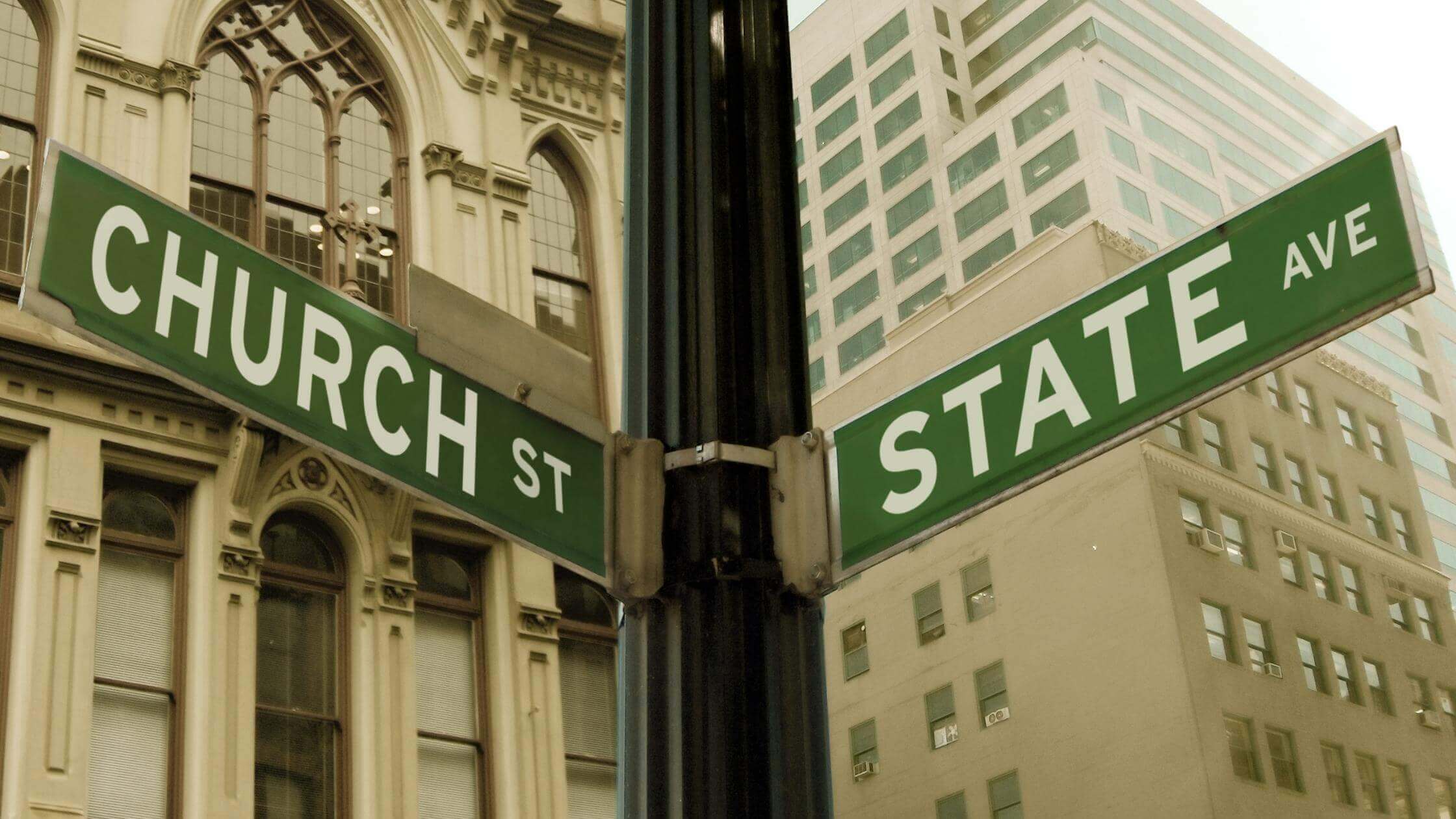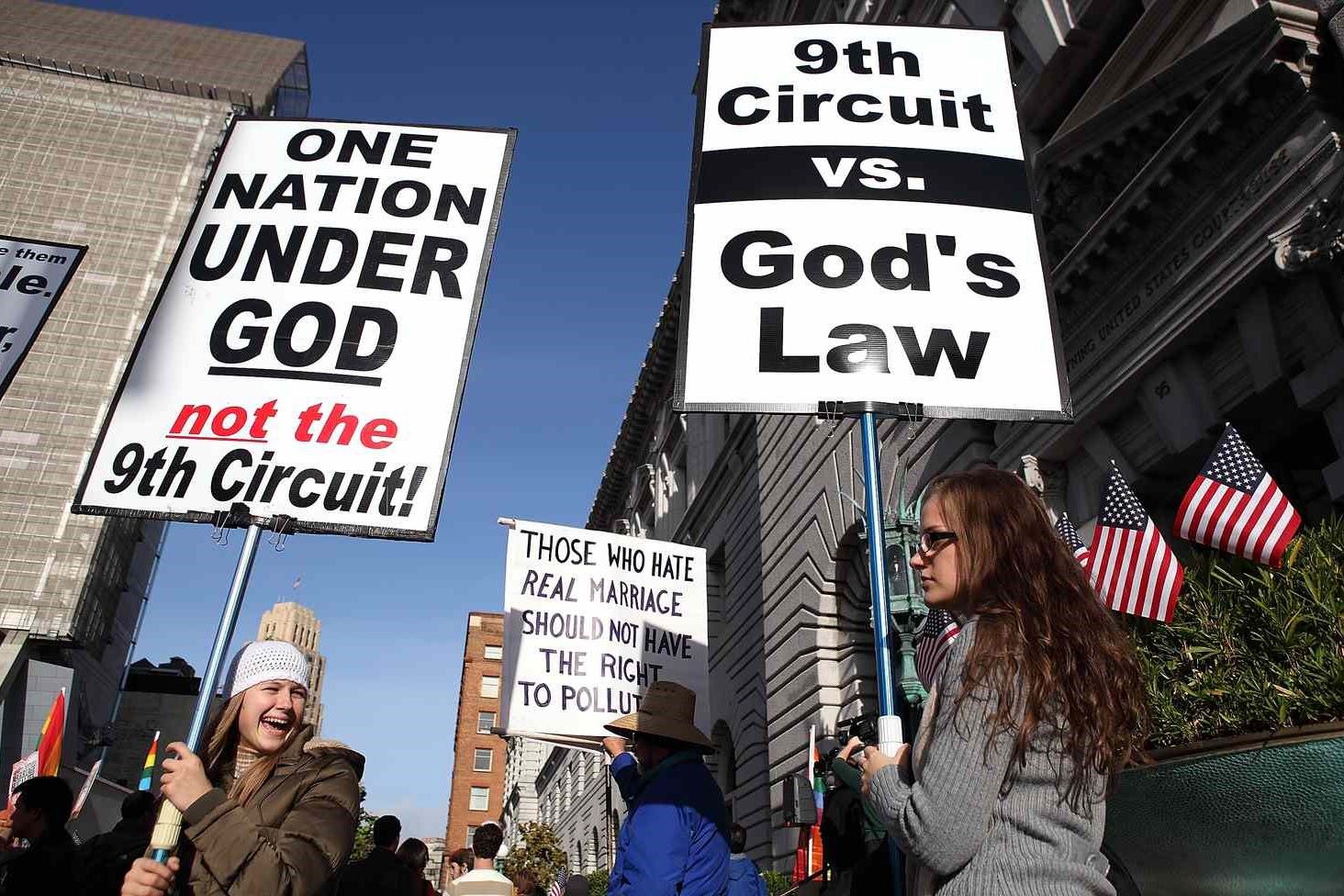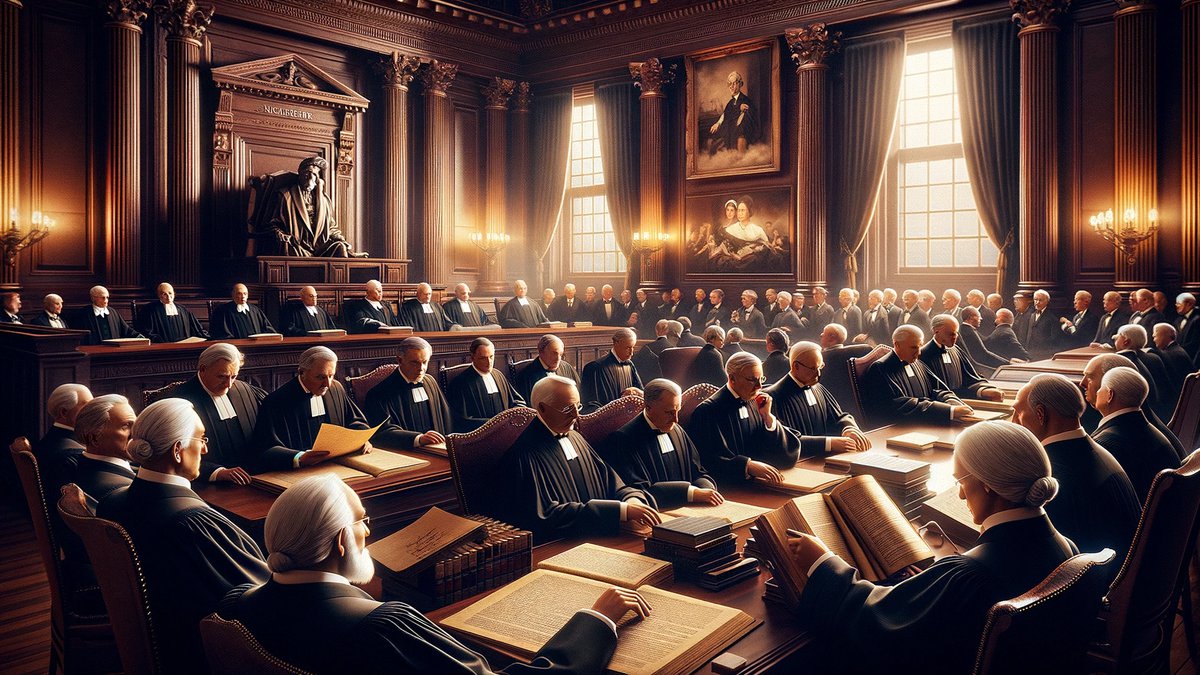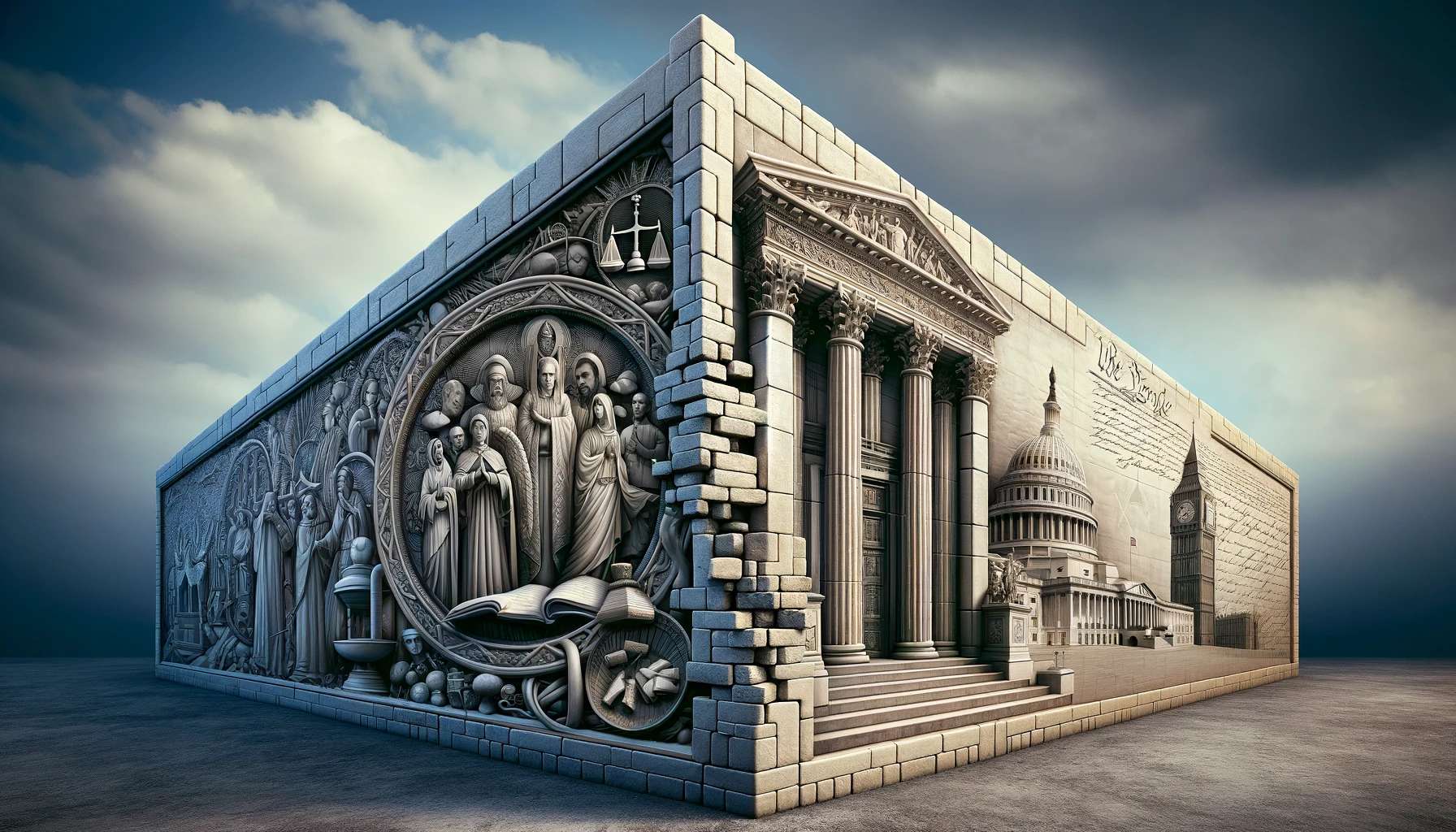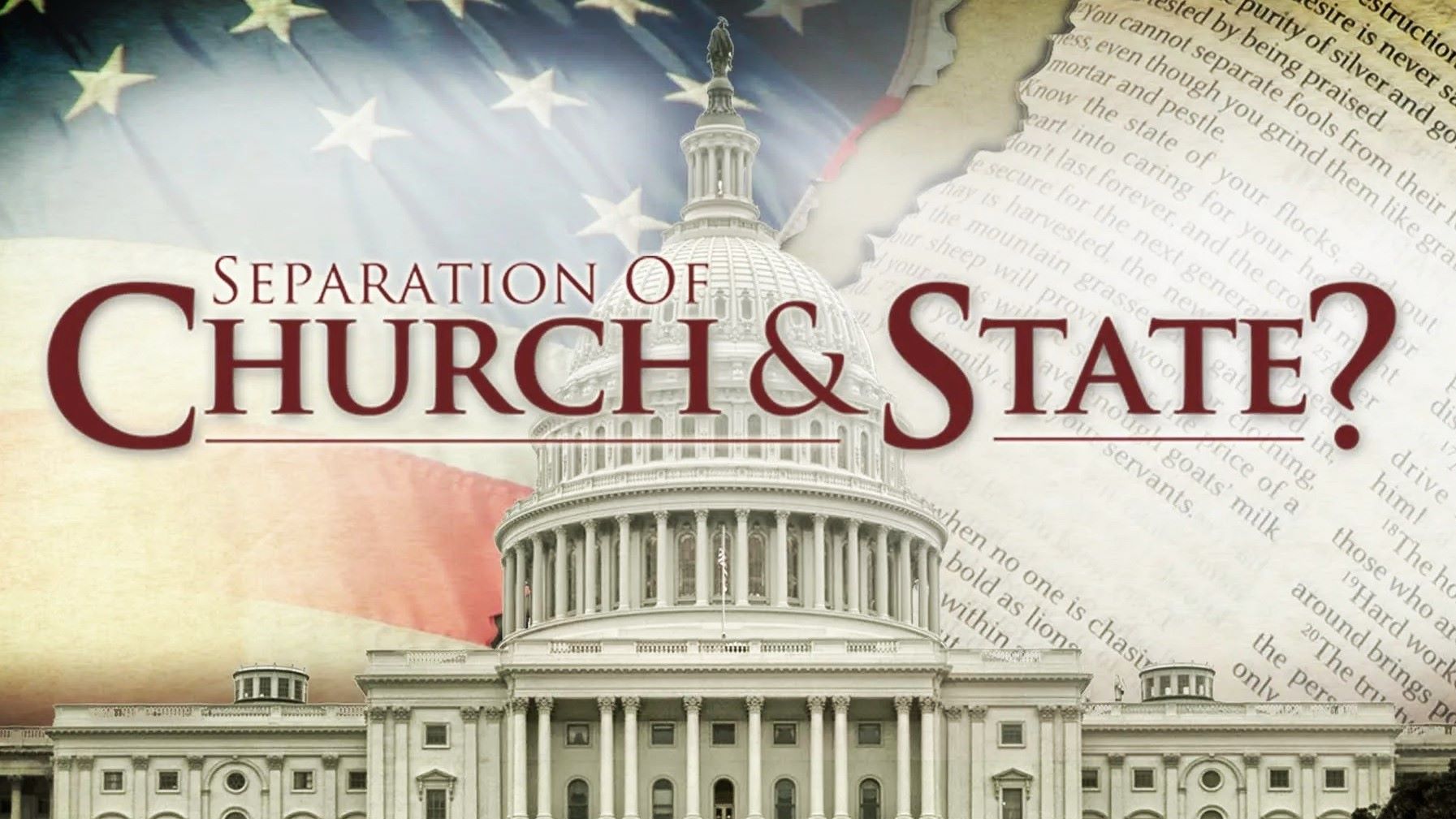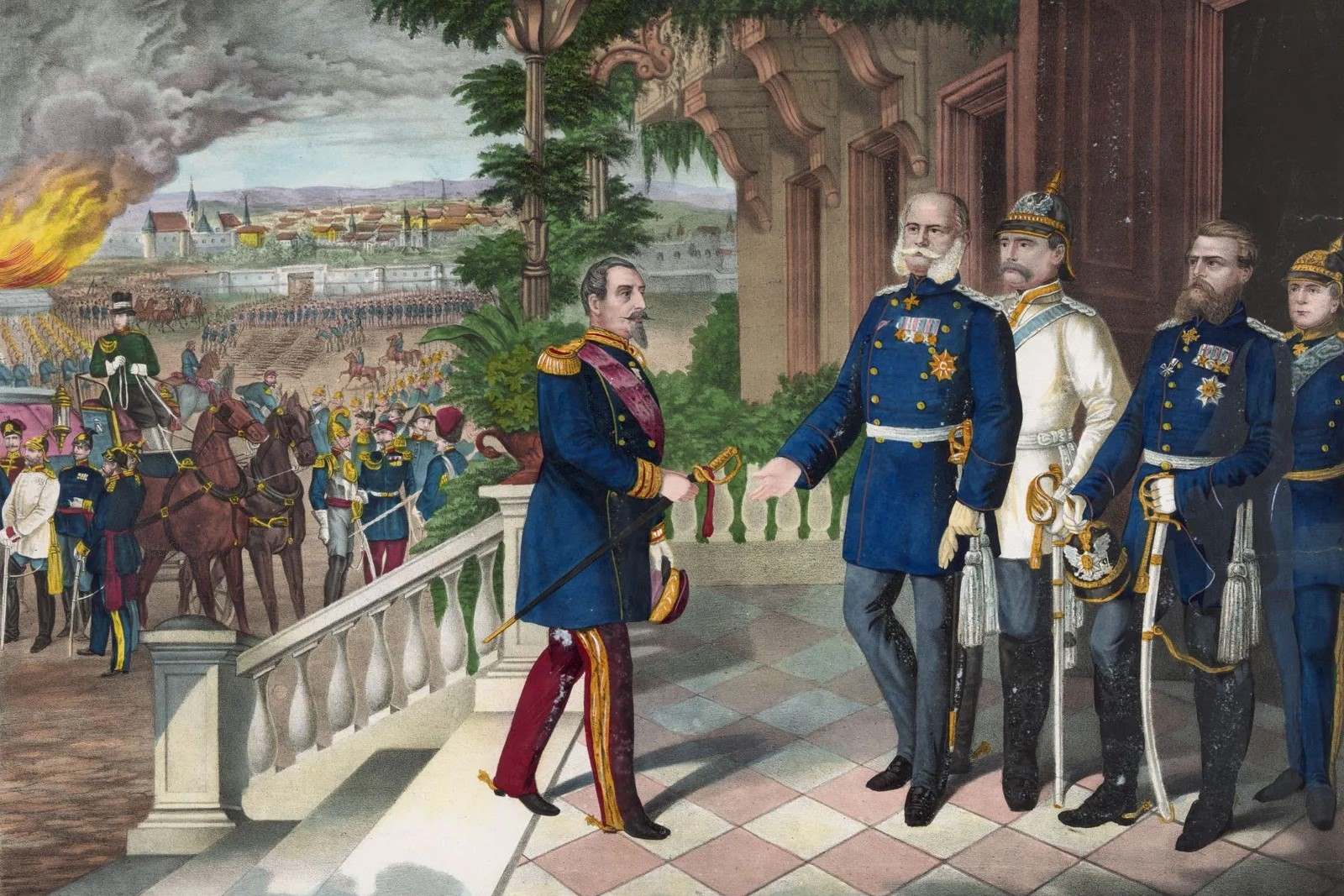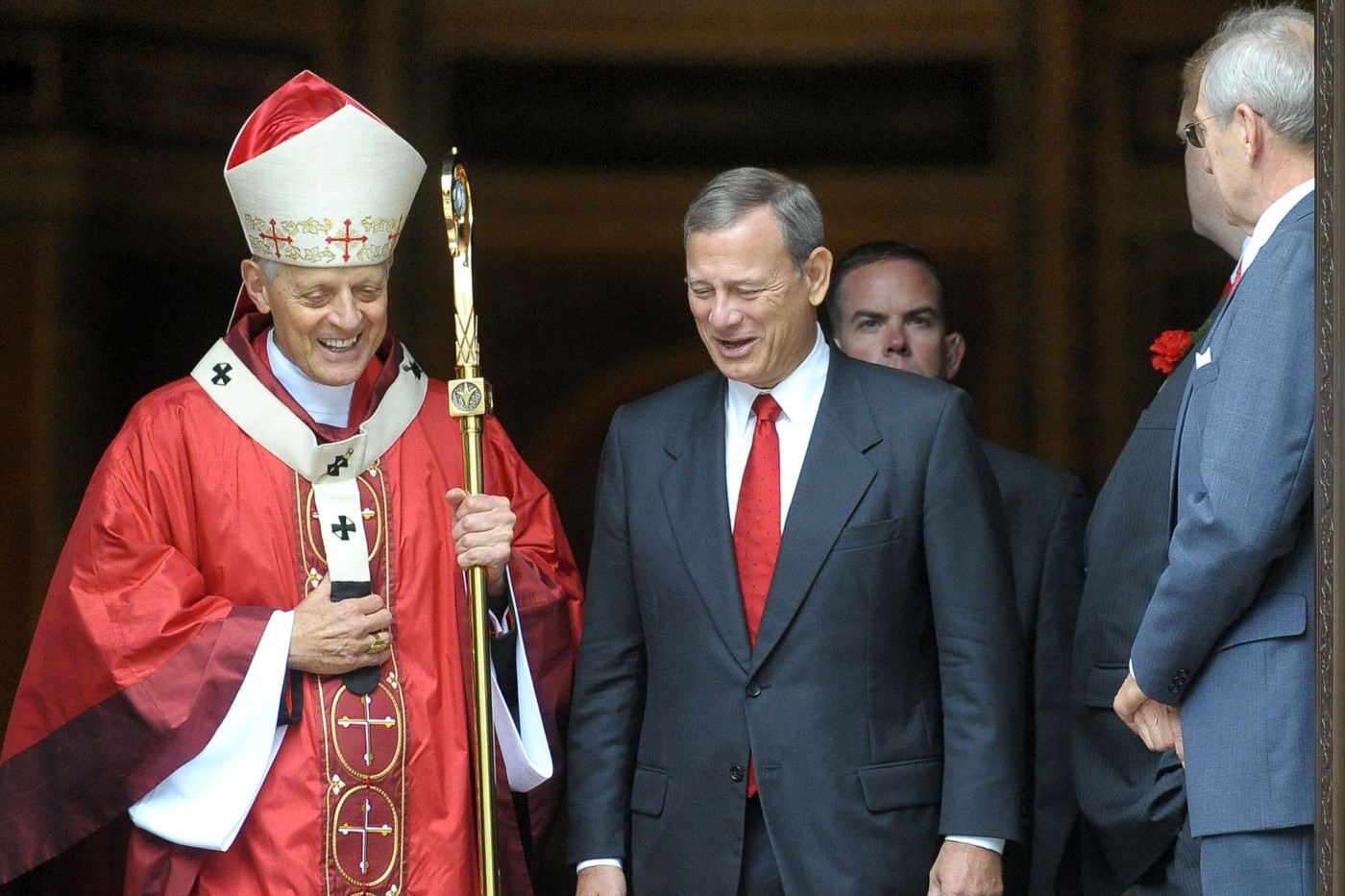Home>Theology and Spirituality>How Does Separation Of Church And State Affect Schools


Theology and Spirituality
How Does Separation Of Church And State Affect Schools
Published: February 11, 2024
Ericka Andersen, an editor at Christian.net, expertly merges digital strategy with content creation, focusing on faith and societal issues. Her communication skills enhance the platform's engaging narratives, fostering meaningful dialogue on belief's impact on society.
Learn how the separation of church and state impacts schools and education. Explore the intersection of theology and spirituality in the educational system.
(Many of the links in this article redirect to a specific reviewed product. Your purchase of these products through affiliate links helps to generate commission for Christian.net, at no extra cost. Learn more)
Table of Contents
Introduction
The concept of the separation of church and state has been a fundamental principle in the governance of many modern societies. It refers to the distinct separation between religious institutions and the government, ensuring that neither entity holds authority over the other. This principle has significant implications for various aspects of society, including education.
In the context of schools, the separation of church and state has sparked numerous debates and discussions regarding the role of religion in educational settings. It has raised questions about the extent to which religious beliefs and practices should influence the curriculum, student expression, and institutional funding. Understanding the historical evolution of this principle and its impact on schools is crucial for comprehending the complexities and controversies surrounding the intersection of religion and education.
The separation of church and state has been a cornerstone of democratic societies, aiming to uphold religious freedom and prevent the establishment of a state-sponsored religion. This principle is deeply rooted in the history of nations and has evolved through significant legal and philosophical developments. As such, its influence on schools extends beyond mere policy considerations, shaping the very essence of educational practices and the rights of students and educators.
In this article, we will delve into the historical underpinnings of the separation of church and state, exploring its implications for curriculum development, religious expression in schools, funding of educational institutions with religious affiliations, and the legal challenges that have arisen. By examining these facets, we can gain a comprehensive understanding of how the separation of church and state continues to shape the landscape of education and the experiences of students and educators alike.
History of Separation of Church and State
The concept of the separation of church and state has deep historical roots, with its origins intertwined with the development of Western political and religious thought. One of the earliest articulations of this principle can be traced back to the writings of influential philosophers and theologians, such as Thomas Aquinas and John Locke, who advocated for the autonomy of religious and governmental institutions. However, it was not until the Enlightenment era that the idea gained significant traction, as thinkers like Voltaire and Thomas Jefferson championed the notion of a clear divide between religious and political authorities.
In the United States, the separation of church and state is enshrined in the First Amendment of the Constitution, which states that "Congress shall make no law respecting an establishment of religion, or prohibiting the free exercise thereof." This foundational principle was further reinforced by the Establishment Clause and the Free Exercise Clause, which collectively safeguarded individuals' rights to practice their faith freely while preventing the government from endorsing or favoring any particular religion.
Throughout history, the interpretation and application of the separation of church and state have been subject to intense debate and legal scrutiny. Landmark Supreme Court cases, such as Everson v. Board of Education and Lemon v. Kurtzman, have played pivotal roles in shaping the parameters of this separation, establishing crucial precedents for future decisions regarding religious practices in public institutions.
Moreover, the historical evolution of the separation of church and state has been influenced by broader societal changes, including shifts in religious demographics, cultural attitudes, and the expansion of civil rights. As the United States and other nations have become increasingly diverse, the need to accommodate a wide array of religious beliefs and traditions within the public sphere has become a pressing concern, further emphasizing the importance of maintaining a clear division between religious and governmental entities.
Overall, the history of the separation of church and state reflects a complex tapestry of philosophical, legal, and social developments, underscoring the ongoing relevance and significance of this principle in modern societies. By understanding its historical trajectory, we can appreciate the profound impact it has had on shaping the dynamics of religious freedom, governance, and education.
The Impact on Curriculum and Education
The separation of church and state has exerted a profound influence on curriculum development and educational practices, particularly in public schools. By maintaining a clear distinction between religious institutions and governmental authorities, this principle has shaped the content and delivery of academic instruction in several significant ways.
One of the primary impacts of the separation of church and state on curriculum design is the emphasis on secularism and inclusivity. Public schools, as extensions of the government, are tasked with providing education that is free from religious bias and accessible to students from diverse cultural and religious backgrounds. As a result, curricula are designed to reflect a broad spectrum of knowledge that is not tied to any specific religious doctrine, fostering an environment of intellectual openness and tolerance.
Furthermore, the separation of church and state has prompted educators to approach the teaching of moral and ethical values from a nonsectarian perspective. Rather than promoting specific religious teachings, schools strive to instill universal principles of empathy, respect, and civic responsibility that are inclusive of all belief systems. This approach not only aligns with the secular nature of public education but also cultivates a sense of shared humanity among students, irrespective of their religious affiliations.
Moreover, the principle of the separation of church and state has influenced the treatment of religious studies within the curriculum. While public schools may offer courses on the history and cultural impact of various religions, these teachings are presented in an academic context rather than as expressions of faith. This approach allows students to gain a comprehensive understanding of religious traditions without endorsing or favoring any particular belief system, thereby upholding the neutrality required by the separation of church and state.
In addition, the impact of this principle on education extends to the protection of students' religious freedom. By ensuring that public schools remain neutral in matters of religion, students are empowered to express their individual beliefs without fear of coercion or discrimination. This safeguarding of religious expression contributes to a learning environment that respects the diverse spiritual identities of students, fostering a sense of inclusivity and mutual understanding.
Overall, the impact of the separation of church and state on curriculum and education underscores the commitment to providing a secular, inclusive, and respectful learning environment for all students. By upholding these principles, public schools strive to cultivate an atmosphere that nurtures intellectual growth, ethical development, and cultural appreciation while respecting the diverse religious landscape of society.
Religious Expression in Schools
Religious expression in schools is a topic that embodies the complexities of balancing individual freedoms with the principles of the separation of church and state. The constitutional protection of religious freedom intersects with the need to maintain a neutral and inclusive environment within public educational institutions. As such, navigating religious expression in schools requires a nuanced approach that respects the diverse beliefs of students while upholding the secular nature of the educational setting.
One of the key considerations in addressing religious expression in schools is the protection of students' rights to practice their faith. The First Amendment guarantees individuals the freedom to exercise their religious beliefs, and this protection extends to students within the school environment. Students have the right to engage in personal religious practices, such as prayer or wearing religious attire, as long as these expressions do not disrupt the educational process or infringe upon the rights of others. Schools must strike a delicate balance, allowing for individual religious expression while maintaining a cohesive and inclusive atmosphere for all students.
Moreover, the inclusion of religious expression in schools necessitates an awareness of the potential for coercion or proselytization. Educators and administrators are responsible for ensuring that no student feels compelled to participate in religious activities or encounters pressure to conform to specific beliefs. By fostering an environment of respect and understanding, schools can uphold the rights of students to express their faith while safeguarding against the imposition of religious views on others.
In addition to individual expressions of faith, the accommodation of religious holidays and observances is a significant aspect of religious expression in schools. Recognizing and respecting the cultural and religious traditions of diverse student populations contributes to a sense of inclusivity and mutual respect. Schools may choose to acknowledge religious holidays through educational activities that provide insight into the cultural significance of these observances, fostering a spirit of understanding and unity among students of varying faith backgrounds.
Furthermore, the promotion of religious literacy within the academic curriculum can enrich students' understanding of the world's diverse belief systems. By offering objective and non-devotional education about different religions, schools can equip students with the knowledge and empathy necessary to navigate an increasingly pluralistic society. This approach not only aligns with the secular nature of public education but also cultivates a spirit of tolerance and appreciation for diverse religious perspectives.
In essence, addressing religious expression in schools requires a commitment to upholding the constitutional rights of students while fostering an environment of inclusivity and respect. By navigating the complexities of religious expression with sensitivity and awareness, schools can create a space where students feel empowered to express their faith while embracing the rich tapestry of religious diversity within the educational community.
School Funding and Religious Institutions
The intersection of school funding and religious institutions represents a complex and contentious area shaped by the principles of the separation of church and state. The allocation of public funds to educational institutions with religious affiliations raises significant legal and ethical considerations, reflecting the delicate balance between supporting diverse educational options and upholding the constitutional mandate for secular governance.
In the United States, the issue of school funding for religious institutions has been a subject of intense debate, particularly concerning programs that provide financial assistance to non-secular schools. The Supreme Court has grappled with cases addressing the constitutionality of such funding, navigating the boundaries between religious freedom and the prohibition of government establishment of religion.
One prominent aspect of this debate revolves around the concept of school vouchers and tuition tax credits. These mechanisms allow public funds to be used for tuition at private, including religious, schools. Proponents argue that these programs offer parents and students the freedom to choose the educational environment that aligns with their values and beliefs, promoting educational pluralism and parental choice. However, critics raise concerns about the potential entanglement of public funds with religious institutions, citing the risk of indirect government support for religious activities and teachings.
Furthermore, the issue of school funding intersects with broader considerations of educational equity and access. Advocates for school choice initiatives, including funding for religious schools, emphasize the importance of providing opportunities for students from underserved communities to access high-quality education. They argue that empowering families to select schools based on their educational philosophies, including religious education, can contribute to greater educational equity. Conversely, opponents express concerns about the potential diversion of resources from public schools and the implications of using taxpayer dollars to support religious education.
Legal precedents, such as the Supreme Court's decisions in cases like Zelman v. Simmons-Harris and Espinoza v. Montana Department of Revenue, have shaped the landscape of school funding for religious institutions. These rulings have addressed the constitutionality of voucher programs and the eligibility of religious schools to receive public funds, influencing the parameters within which such funding mechanisms operate.
The complexities surrounding school funding and religious institutions underscore the intricate interplay between religious freedom, educational choice, and the constitutional separation of church and state. As this debate continues to unfold, it remains a focal point for legal and policy discussions, reflecting the enduring significance of the separation of church and state in shaping the landscape of education and governance.
Legal Challenges and Court Cases
The intersection of the separation of church and state with the realm of education has been punctuated by numerous legal challenges and landmark court cases that have significantly shaped the interpretation and application of this fundamental principle. These legal battles have underscored the complexities inherent in balancing religious freedom with the imperative to maintain a neutral and inclusive educational environment within public schools.
One of the pivotal legal challenges pertains to the interpretation of the Establishment Clause of the First Amendment, which prohibits the government from establishing or endorsing a state religion. This clause has been at the center of contentious debates regarding the permissibility of religious symbols and practices in public educational settings. Court cases such as Lemon v. Kurtzman and Lee v. Weisman have provided critical guidance on the constitutionality of religious displays and activities in schools, establishing a framework for evaluating whether government actions have the effect of endorsing or inhibiting religion.
Moreover, the Free Exercise Clause, which safeguards individuals' rights to practice their faith freely, has been the subject of legal disputes concerning the accommodation of religious practices in schools. Cases like Wisconsin v. Yoder and Employment Division v. Smith have grappled with the extent to which the government must accommodate religious beliefs and practices, particularly in the context of educational requirements and regulations.
The legal landscape surrounding the separation of church and state has also been shaped by cases addressing the funding of religious institutions and school choice initiatives. Landmark decisions, including Zelman v. Simmons-Harris and Espinoza v. Montana Department of Revenue, have examined the constitutionality of using public funds for tuition at religious schools, navigating the delicate balance between supporting educational choice and preventing government entanglement with religious institutions.
Furthermore, legal challenges have emerged in response to policies governing prayer and religious expression in schools. Court cases such as Engel v. Vitale and Santa Fe Independent School District v. Doe have grappled with the permissibility of organized prayer and religious activities in the school setting, illuminating the boundaries between individual religious expression and government-sponsored religious observances.
These legal challenges and court cases underscore the dynamic and evolving nature of the relationship between religion and education within the framework of the separation of church and state. As society continues to navigate the complexities of religious freedom and governance, these legal precedents serve as critical touchstones for shaping the contours of educational practices and policies while upholding the principles of neutrality and inclusivity within public schools.
Conclusion
The separation of church and state has profoundly shaped the landscape of education, influencing curriculum development, religious expression, school funding, and legal frameworks. This foundational principle, deeply rooted in historical, philosophical, and legal contexts, has been instrumental in fostering a secular, inclusive, and respectful educational environment within public schools.
The historical evolution of the separation of church and state reflects a commitment to upholding religious freedom while preventing the establishment of a state-sponsored religion. From the Enlightenment era to the constitutional protections enshrined in the First Amendment, this principle has been a cornerstone of democratic societies, guiding the development of educational practices that are free from religious bias and accessible to students from diverse backgrounds.
In navigating religious expression in schools, the delicate balance between individual freedoms and the neutrality of the educational setting has been a focal point. Upholding students' rights to practice their faith while safeguarding against coercion or proselytization has been a central consideration, fostering an environment of respect and understanding for diverse religious beliefs.
The intersection of school funding and religious institutions has been marked by complex legal and ethical considerations, reflecting the intricate interplay between educational choice, equity, and the constitutional mandate for secular governance. Landmark court cases have provided critical guidance on the constitutionality of funding mechanisms for religious schools, shaping the parameters within which public funds can be allocated to educational institutions with religious affiliations.
As the legal landscape continues to evolve, these precedents serve as touchstones for navigating the complexities of religious freedom and governance within the educational sphere. The enduring significance of the separation of church and state underscores its pivotal role in shaping the dynamics of education and the rights of students and educators.
In conclusion, the separation of church and state remains a foundational principle that continues to inform and guide the development of inclusive, respectful, and secular educational environments. By upholding these principles, public schools strive to cultivate an atmosphere that nurtures intellectual growth, ethical development, and cultural appreciation while respecting the diverse religious landscape of society.

